Knowing the weight of an ATV can be an important factor in deciding which ATV to buy. The most obvious reason is to ensure you have capable means of moving the ATV. Is it light enough that it can sit in the bed of your truck or on your trailer? Can you haul it with your mini SUV or do you need to buy a truck? These questions may depend on the weight of your ATV. But, that is not the only reason you should be interested in the weight of an ATV. You want to make sure you are able to lift the front or rear end of your ATV or push it up an incline if necessary. If you weigh 120 pounds, you may not want to get stuck with a 900 pound machine. If you are going to be riding places where you could roll your ATV, there is a big difference between 300 pounds and 900 pounds rolling over you. Finally, the weight of the ATV is going to determine, to an extent, how much control you have and how sharply you can turn in some cases.
So what does an average ATV weigh? About 590 pounds or 268 kg dry weight.
But, the weight of the ATV you are looking at probably won’t be 590 pounds. The weight is going to depend mostly on the size of your engine (cc), but even within those sizes, there is a lot of variance. However, it is pretty safe to say a 90cc ATV is going to weigh quite a bit less than an 800cc ATV. Finding the right ATV is going to depend on a lot of factors, including the weight, dimensions and engine power. You can find out all about different ATV sizes in our complete guide to ATV dimensions and if you need to figure out what size to buy, check out this awesome guide.
Below, you can find the most complete guide available on ATV weight based on engine class (by cc).
Wherever possible, the weight given is the dry weight. This is the measurement used by most manufacturers. It is the weight of the ATV as you would see it on the showroom floor, with no oil, gasoline or other fluids in it.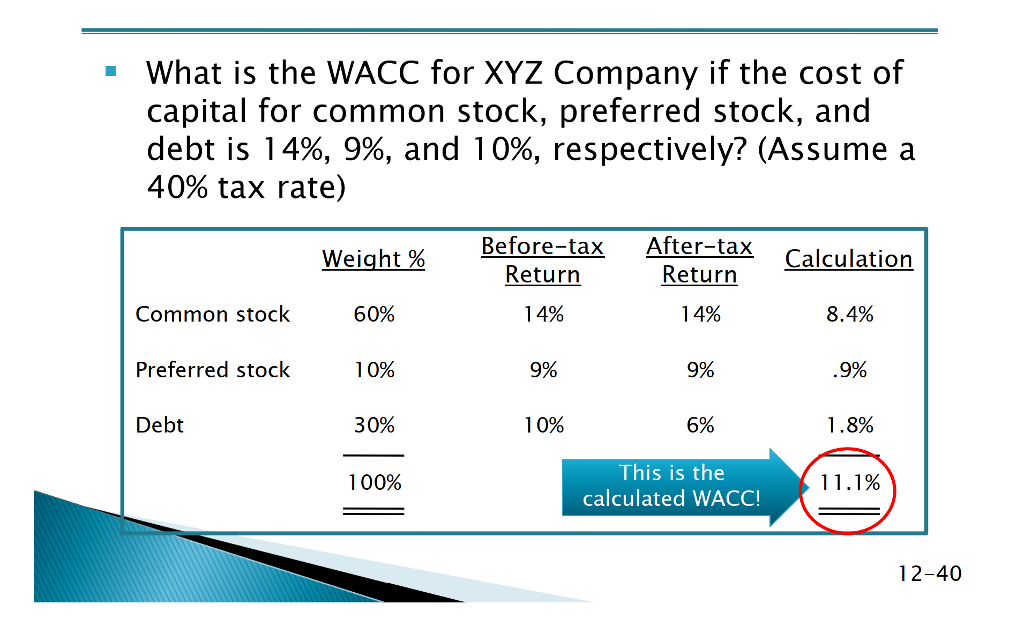 Other manufacturers, such as Honda, use what is called
curb weight, wet weight or ready to ride. This refers to the weight of the ATV with all standard equipment, all fluids and a full tank of gasoline. On an ATV, this won’t add a ton of weight and is not enough that it would impact your decision on buying an ATV. Finally, you may come across a listing for Gross Weight. This refers to the ATV and the total load it can carry including optional equipment and riders.
Other manufacturers, such as Honda, use what is called
curb weight, wet weight or ready to ride. This refers to the weight of the ATV with all standard equipment, all fluids and a full tank of gasoline. On an ATV, this won’t add a ton of weight and is not enough that it would impact your decision on buying an ATV. Finally, you may come across a listing for Gross Weight. This refers to the ATV and the total load it can carry including optional equipment and riders.
For each class of ATV, I found as many examples as I reasonably could and compared their listed weights to determine the average and any trends I mention.
The smallest entry-level youth ATVs are, of course, the lightest. The average weight of a 50cc ATV is about 215 pounds. The heaviest 50cc ATV I found was the Yamaha Raptor 50, which weighs 237 pounds. The lightest 50cc ATV I found was the Suzuki QuadSport Z50, which weighs less than me at only 174 pounds. Most of the ATVs I saw fell in the 210-225 pound range.
Most of the ATVs I saw fell in the 210-225 pound range.
I could only find a few name-brand ATVs in the 70cc class. The average weight of those was about 250 pounds.
This is probably the most popular sized ATV for kids. The average 90cc ATV weighs about 265 pounds. The largest 90cc ATV I found was the AlphaSports Daisy 90, which weighs 289 pounds. The lightest, by a single pound, was the Bombardier DS 90, which weighs 249 pounds. Most of the 90cc ATVs I saw were in the 250-260 pound range, with a few heavier exceptions skewing the average.
200cc is the class where we start getting into the bigger youth models, but there is not a huge selection at 200cc. The average 200cc ATV weighs about 365 pounds. That average is again skewed by an outlier in the super-light Yamaha Blaster, which only weighs 250 pounds.
Most of the other 200cc ATVs were in the upper 300s or lower 400s, with the Polaris Saw Tooth topping the charts at 425 pounds.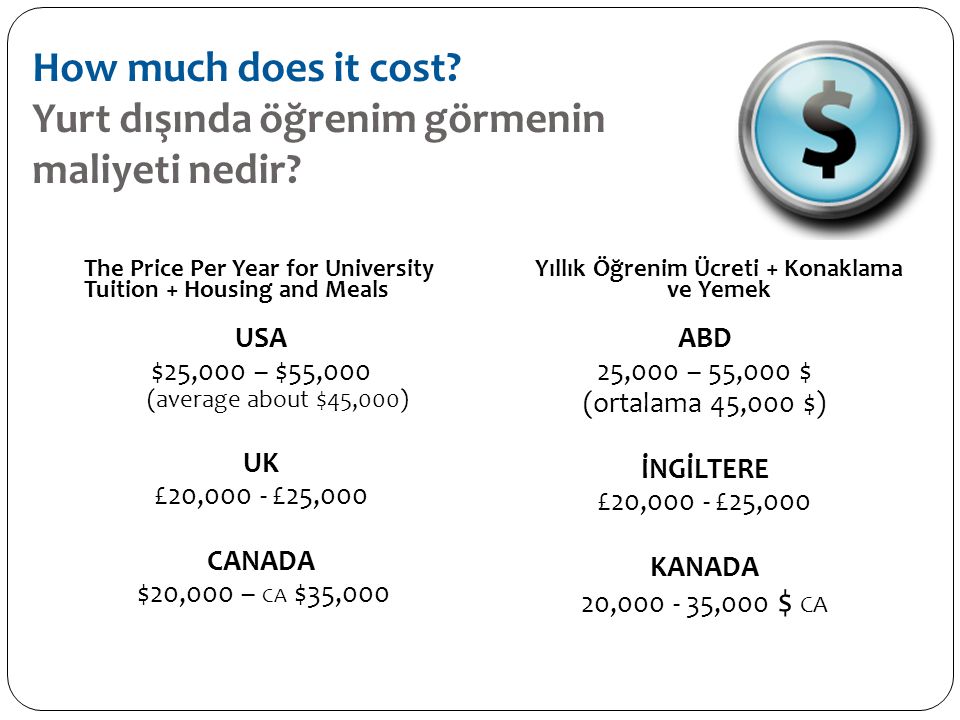
The average 250cc ATV weighs about 410 pounds. The lightest, by a fairly wide margin was the Honda TRX 250EX, which weighs only 360 pounds. The heaviest 250cc ATV I found was the Yamaha Big Bear 250, which weighs 456 pounds.
300cc is not a very popular class of ATVs so there weren’t many options. The heaviest 300cc ATV I found was the Polaris Hawkeye, which weighs 550 pounds. The lightest 300cc ATV I found was the Arctic Cat 300, which weighs 477 pounds. The average 300cc ATV weighs about 510 pounds.
The average 350cc ATV weighs about 490 pounds. This number was skewed downwards by the 375 pound Yamaha Raptor 350, which weighs 375 pounds. Most of the 350cc ATVs I saw were closer to, or over, 500 pounds. The heaviest 350cc ATV is the Arctic Cat 350, which weighs in at a relatively whopping 588 pounds.
At 400cc, we start getting into the more adult-sized ATVs.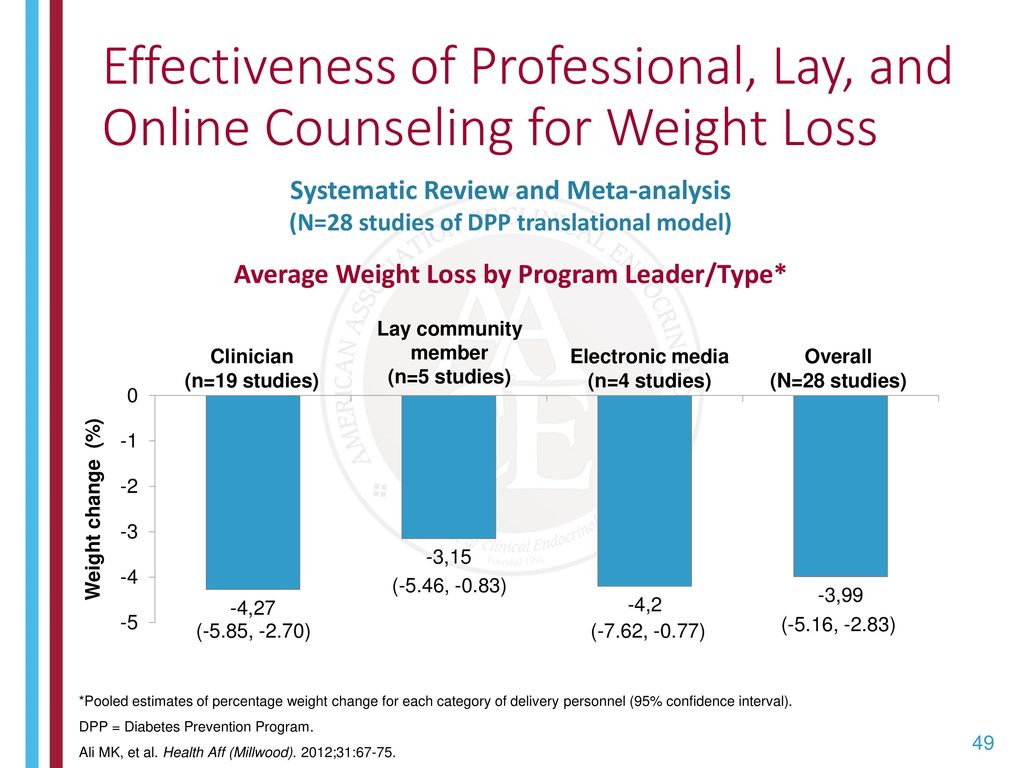 The average 400cc ATV weighs about 495 pounds. This is the lightest class where we really start seeing some huge ranges in weight with stark differences between sport and utility models. The lightest and heaviest 400cc ATVs are from Arctic Cat. The lightest is the Sport DVX 400, which weighs 372 pounds. The heaviest is the 400 4X4 Auto, which comes in at 645 pounds.
The average 400cc ATV weighs about 495 pounds. This is the lightest class where we really start seeing some huge ranges in weight with stark differences between sport and utility models. The lightest and heaviest 400cc ATVs are from Arctic Cat. The lightest is the Sport DVX 400, which weighs 372 pounds. The heaviest is the 400 4X4 Auto, which comes in at 645 pounds.
The average 450cc ATV weighs about 520 pounds, but there is a big difference between the sport and utility models in this class. The lighter sport models typically weigh less than 400 pounds. The lightest of which is the Yamaha YFZ 450, which weighs 350 pounds. The heavier utility models are 500-700 pounds. The heaviest I saw was the 696 pound Polaris Sportsman 450.
The average 500cc ATV weighs about 630 pounds. The two outliers bringing the average weight down are the Polaris Outlaw 500, at 425 pounds, and the Polaris Predator 500, at 405 pounds.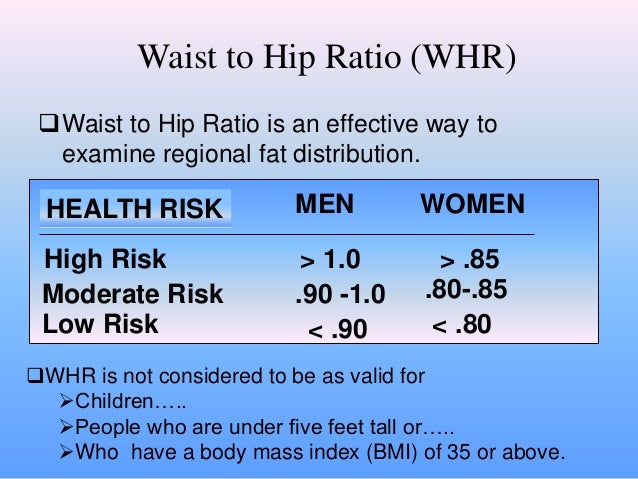 Most of the other 500cc ATVs I reviewed weighed more than the average of 630 pounds. The heaviest 500cc model I found was the Polaris Sportsman 500 X2 EFI, which weighs 791 pounds. As you might be catching on, The various Polaris Sportsman ATVs are usually heavier than their counterparts.
Most of the other 500cc ATVs I reviewed weighed more than the average of 630 pounds. The heaviest 500cc model I found was the Polaris Sportsman 500 X2 EFI, which weighs 791 pounds. As you might be catching on, The various Polaris Sportsman ATVs are usually heavier than their counterparts.
The average 650cc ATV weighs about 635 pounds. The heaviest machine I found at 650cc was the Arctic Cat h2 TRV Plus, which weighs in at 724 pounds. The lightest 650cc ATV I found was the Bombardier DS 650X, which wasn’t just the only 650cc ATV I found under 600 pounds, it was under 500 pounds, at just 494 pounds.
At 700cc, we see our biggest gap between the lightest and heaviest ATVS. The Yamaha Raptor 700R weighs in a shockingly light 396 pounds. On the other end, the Arctic Cat 700 Diesel weighs in at 809 pounds. With that wide spread, the average 700cc ATV weighs in at 645 pounds. While the Yamaha Raptor is by far the lightest, you can find a 700cc ATV at nearly any weight you want, with multiple models available in the 500s, 600s and 700s for pounds.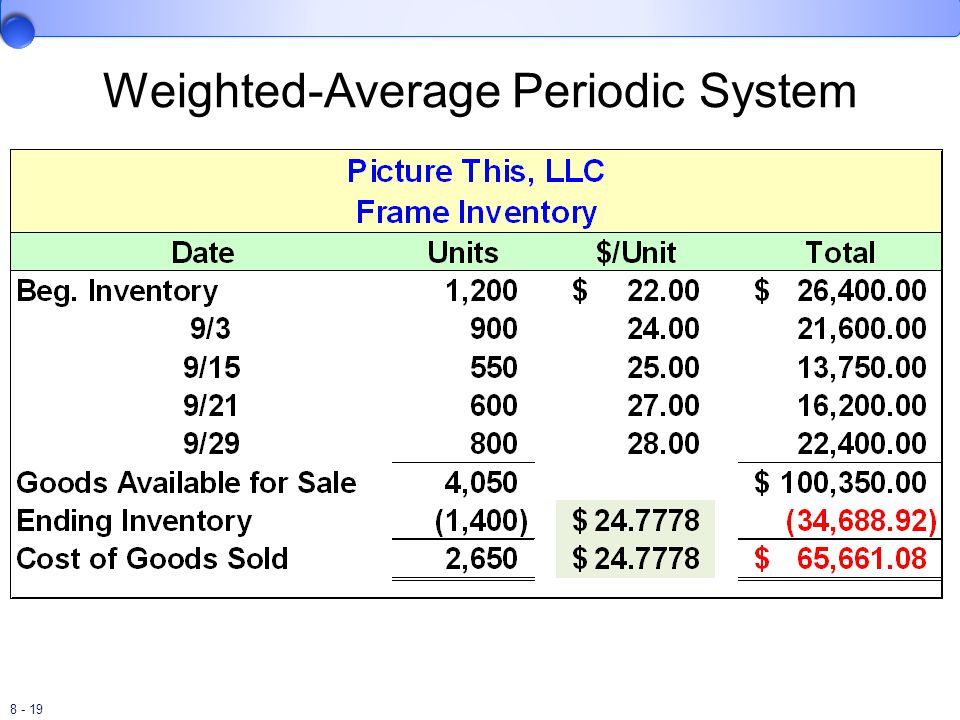
At 800cc, we are getting into the really big ATVs. The average 800cc ATV weighs about 715 pounds. The Bombardier Renegade 800 is probably the only 800cc ATV you can find under 600 pounds, and it weighs in at 597 pounds. The heaviest of the bunch is the Polaris Sportsman 800 X2 EFI, which weighs 839 pounds. Most of the 800cc ATVs are going to be plus or minus 50 pounds of 700 pounds. Indeed, the average 800cc ATV weighs about 715 pounds.
Finally, we get to the biggest of the bunch. The most powerful, and heaviest, ATVs out there are going to be the 1000cc ATVs. The average 1000cc ATV weighs about 840 pounds. At 1000cc, you just cannot find a light machine so there are a lot of considerations that need to go into purchasing such a large machine, other than just power. The lightest 1000cc ATV I could find was the Arctic Cat 1000XT, which still weighs 772 pounds. The heaviest 1000cc ATV I could find was the Polaris Sportsman XP 1000. At 927 pounds, that is an ATV you do not want landing on you.
The heaviest 1000cc ATV I could find was the Polaris Sportsman XP 1000. At 927 pounds, that is an ATV you do not want landing on you.
If you are buying a new ATV, check out these accessories you may want, and of course, don’t forget to check out our very select recommended gear.
Learning about the weight of an ATV can be a vital consideration in determining which ATV to buy.
One of the most apparent reasons is to ensure you have qualified methods of moving the ATV. Is it light enough that it can be in the bed of your vehicle or on your trailer? Can you transport it with your small SUV or do you require to get a big vehicle?
These questions might rely on the weight of your ATV. However, that is not the only reason you must want the weight of an ATV. You wish to make certain you have the ability to raise the front or rear end of your ATV or push it up an incline if essential.
If you evaluate 120 pounds, you might not wish to obtain stuck with a 900 extra pound device. If you are going to be riding locations where you could roll your ATV, there is a big distinction between 300 pounds and 900 pounds surrendering you.
Ultimately, the weight of the ATV is going to figure out, to an extent, how much control you have as well as how greatly you can turn in some situations.
Table of Contents
The weight of ATV is divided into dry weight and curb weight. Lots of manufacturers don't specify the completely dry weight of their ATV. They make use of something called curb weight or wet weight, which basically have the same meaning.
While completely dry weight is when the ATV is empty of all fluids (gas, oils, brake fluid, coolant, etc), curb weight or wet weight is the ATV's weight with all fluids complemented in their suitable containers. Curb weight includes common devices but not either travelers or cargo.
The completely dry weight of ATVs varies from concerning 220 pounds to 1170 pounds. Dry weight is the ATV's weight with no cargo, liquids, or passengers.
The average weight of a recreational ATV and utility ATV is approximately 700 pounds. The weight of an ATV mainly depends upon the size of its engine.
Discovering the best ATV depends on various elements like engine power, measurements, and weight. Before you get an ATV, find out and understand these factors. So, kick back, loosen up, as well as enjoy finding out about ATV weights.
Let's take a look at the weight of ATVs with different engine sizes.
50CC ATVS
The tiniest entry-level youth ATVs are, certainly, the lightest. The average weight of a 50cc ATV is approximately 215 pounds. The heaviest 50cc ATV I discovered was the Yamaha Raptor 50, which weighs 237 pounds. The lightest 50cc ATV I discovered was the Suzuki QuadSport Z50, which weighs only 174 pounds. Most of the ATVs I saw fell in the 210-225 pound range.
The lightest 50cc ATV I discovered was the Suzuki QuadSport Z50, which weighs only 174 pounds. Most of the ATVs I saw fell in the 210-225 pound range.
70CC ATVS
I could just discover a few name-brand ATVs in the 70cc class. The ordinary weight of those was about 250 pounds.
90CC ATVS
This is most likely one of the most prominent sized ATVs for children. The ordinary 90cc ATV is approximately 265 pounds. The largest 90cc ATV I discovered was the AlphaSports Daisy 90, which weighs 289 pounds. The lightest, by a single pound, was the Bombardier DS 90, which considers 249 pounds. The majority of the 90cc ATVs I saw were in the 250-260 pound array, with a few larger exceptions skewing the standard.
200CC ATVS
200cc is the class where we begin getting involved in the larger youth model, but there is not a massive selection at 200cc.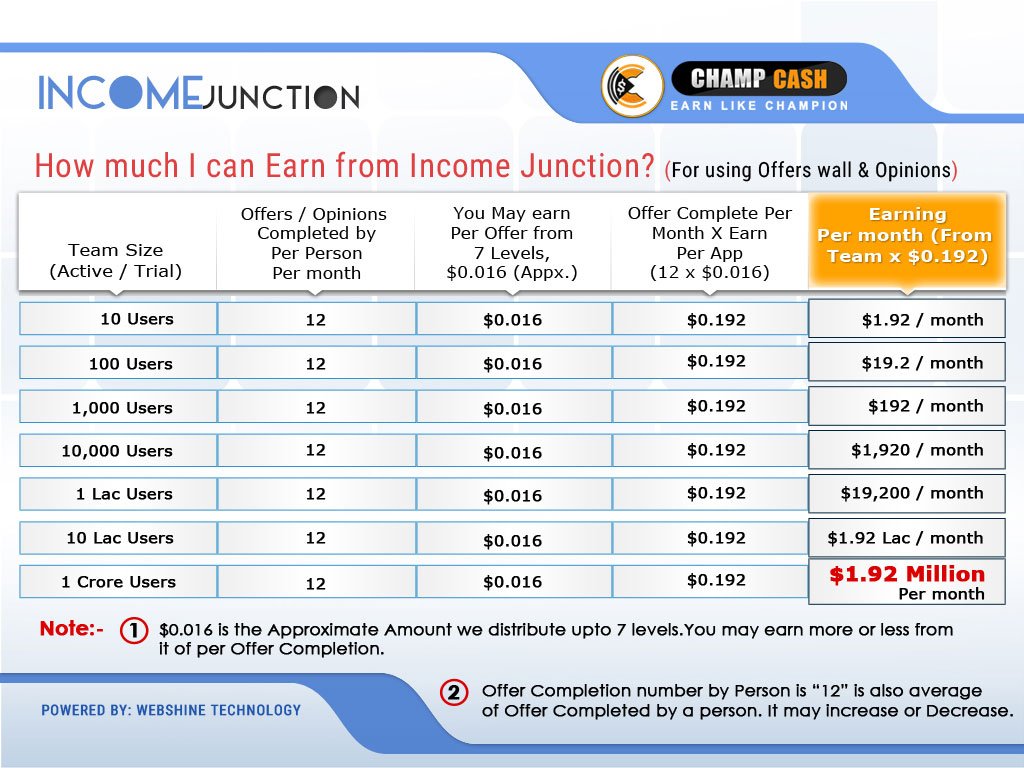 The ordinary 200cc ATV weighs regarding 365 pounds. That standard is again skewed by an outlier in the super-light Yamaha Blaster, which just weighs 250 pounds. A lot of the other 200cc ATVs remained in the upper 300s or reduced 400s, with the Polaris Saw Tooth topping the graphes at 425 pounds.
The ordinary 200cc ATV weighs regarding 365 pounds. That standard is again skewed by an outlier in the super-light Yamaha Blaster, which just weighs 250 pounds. A lot of the other 200cc ATVs remained in the upper 300s or reduced 400s, with the Polaris Saw Tooth topping the graphes at 425 pounds.
250CC ATVS
The typical 250cc ATV is approximately 410 pounds. The lightest, by a rather wide margin was the Honda TRX 250EX, which weighs only 360 pounds. The heaviest 250cc ATV I located was the Yamaha Big Bear 250, which considers 456 pounds.
300CC ATVS
300cc is not a preferred class of ATVs so there weren't numerous options. The heaviest 300cc ATV I found was the Polaris Hawkeye, which considers 550 pounds. The lightest 300cc ATV I located was the Arctic Pet cat 300, which weighs 477 pounds. The average 300cc ATV weighs about 510 pounds.
350CC ATVS
The ordinary 350cc ATV is approximately 490 pounds.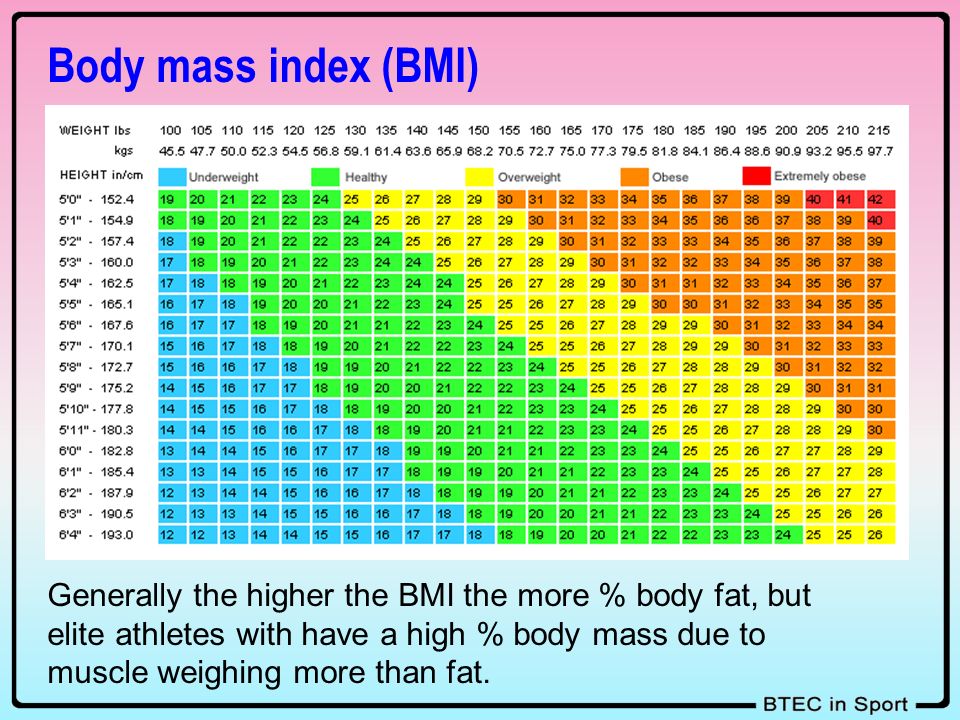 This number was skewed downwards by the 375 pound Yamaha Raptor 350, which is approximately 375 pounds. The majority of the 350cc ATVs I saw were closer to, or over, 500 pounds. The heaviest 350cc ATV is the Arctic Pet cat 350, which weighs in at a reasonably tremendous 588 pounds.
This number was skewed downwards by the 375 pound Yamaha Raptor 350, which is approximately 375 pounds. The majority of the 350cc ATVs I saw were closer to, or over, 500 pounds. The heaviest 350cc ATV is the Arctic Pet cat 350, which weighs in at a reasonably tremendous 588 pounds.
400CC ATVS
At 400cc, we start entering the adult-sized ATVs. The ordinary 400cc ATV is approximately 495 pounds. This is the lightest class where we really begin seeing some substantial varieties in weight with raw distinctions between sport and utility models. The lightest and heaviest 400cc ATVs are from Arctic Pet cat. The lightest is the Sporting activity DVX 400, which is approximately 372 pounds. The heaviest is the 400 4X4 Automobile, which is available at 645 pounds.
450CC ATVS
The ordinary 450cc ATV weighs is approximately 520 pounds, however, there is a large distinction between the sport as well as utility versions in this class.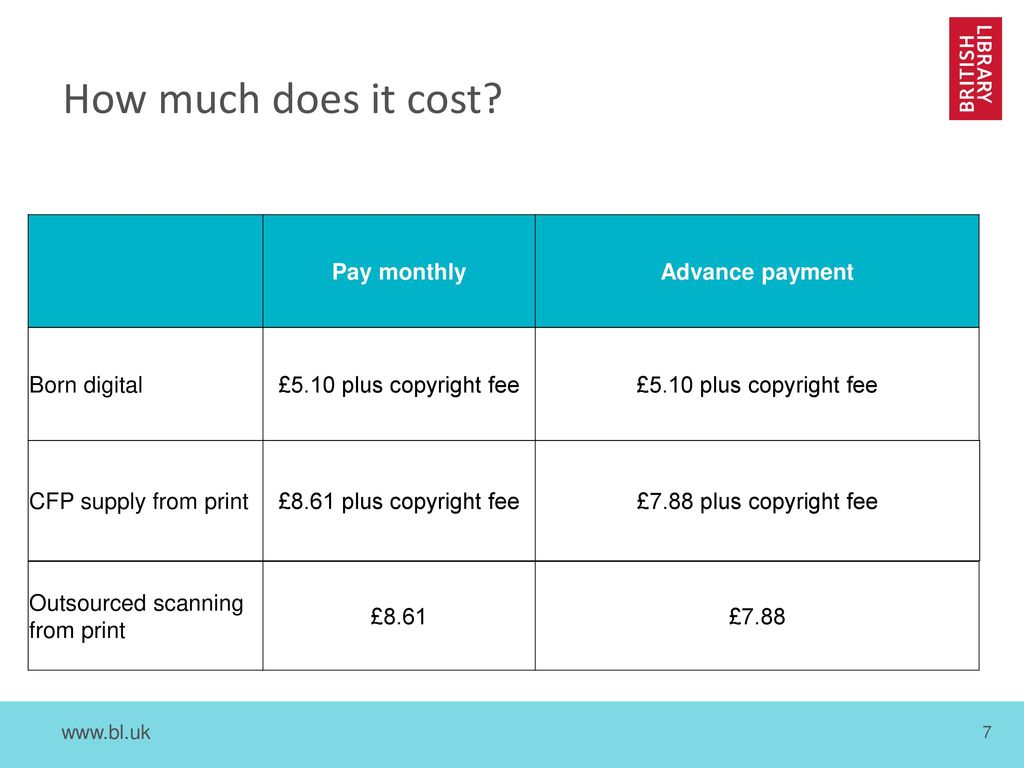 The lighter sporting activity models typically are less than 400 pounds. The lightest of which is the Yamaha YFZ 450, which evaluates 350 pounds. The heavier utility models are 500-700 pounds. The heaviest I saw was the 696-pound Polaris Sportsperson 450.
The lighter sporting activity models typically are less than 400 pounds. The lightest of which is the Yamaha YFZ 450, which evaluates 350 pounds. The heavier utility models are 500-700 pounds. The heaviest I saw was the 696-pound Polaris Sportsperson 450.
500CC ATVS
The average 500cc ATV is approximately 630 pounds. The two outliers bringing the average weight down are the Polaris Hooligan 500, at 425 pounds, and also the Polaris Predator 500, at 405 pounds. Most of the various other 500cc ATVs I examined weighed greater than the standard of 630 pounds. The heaviest 500cc model I found was the Polaris Sportsperson 500 X2 EFI, which is approximately 791 pounds. As you may be catching on, The different Polaris Sportsperson ATVs are typically heavier than their equivalents.
650CC ATVS
The typical 650cc ATV is approximately 635 pounds. The heaviest model I discovered at 650cc was the Arctic Feline h2 TRV Plus, which weighs in at 724 pounds. The lightest 650cc ATV I found was the Bombardier DS 650X, which had not been just the only 650cc ATV I discovered under 600 extra pounds, it was under 500 extra pounds, at simply 494 pounds.
The lightest 650cc ATV I found was the Bombardier DS 650X, which had not been just the only 650cc ATV I discovered under 600 extra pounds, it was under 500 extra pounds, at simply 494 pounds.
700CC ATVS
At 700cc, we see our largest space between the lightest as well as heaviest ATVs. The Yamaha Raptor 700R weighs an amazingly light 396 pounds. On the various other end, the Arctic Cat 700 Diesel weighs in at 809 pounds. Keeping that large spread, the ordinary 700cc ATV weighs in at 645 pounds. While the Yamaha Raptor is without a doubt the lightest, you can discover a 700cc ATV at almost any kind of weight you desire, with multiple models readily available in the 500s, 600s and 700s for pounds.
800CC ATVS
At 800cc, we are entering the truly huge ATVs. The average 800cc ATV is approximately 715 pounds. The Bombardier Abandoner 800 is probably the only 800cc ATV you can locate under 600 pounds, as well as it weighs in at 597 pounds.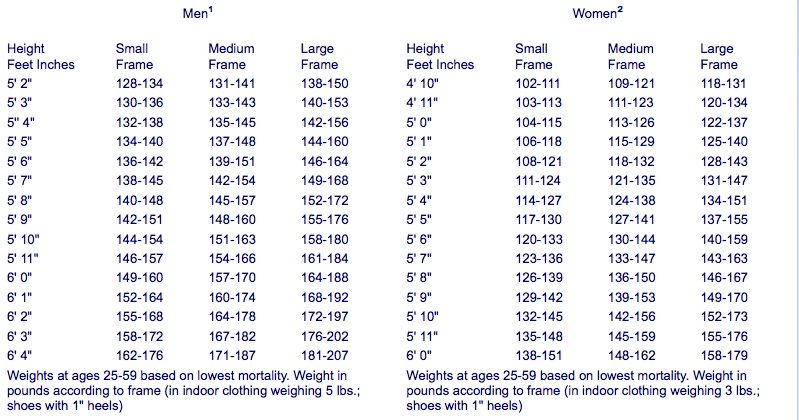 The heaviest of the bunch is the Polaris Sportsman 800 X2 EFI, which evaluates 839 pounds. Most of the 800cc ATVs are going to be plus or minus 50 pounds of 700 pounds. Without a doubt, the average 800cc ATV weighs about 715 pounds.
The heaviest of the bunch is the Polaris Sportsman 800 X2 EFI, which evaluates 839 pounds. Most of the 800cc ATVs are going to be plus or minus 50 pounds of 700 pounds. Without a doubt, the average 800cc ATV weighs about 715 pounds.
1000CC ATVS
Ultimately, we reach the biggest of the bunch. The most powerful, as well as heaviest, ATVs out there are mosting likely to be the 1000cc ATVs. The average 1000cc ATV evaluates about 840 pounds. At 1000cc, you just can not discover a light model so there are many factors to consider that need to go into purchasing such a big model, other than simply power. The lightest 1000cc ATV I could locate was the Arctic Pet Cat 1000XT, which still evaluates 772 pounds. The heaviest 1000cc ATV I could locate was the Polaris Athlete XP 1000. At 927 pounds, that is an ATV you do not desire landing on you.
There are 3 reasons that the weight of your ATV is important.
1. Transporting the ATV.
2. Utilizing the ATV to carry things.
3. Performance.
Let's go through each of them
Every trailer has a weight capacity, and you must not go over that.
Also, loading the trailer and the weight at specific points on the trailer affects towing too.
The vehicle you tow the trailer will also have a tow weight capacity that you must not go over. It’s not always about taking off but stopping. It would be best if you had a truck with enough weight that it won’t get thrown around when towing and has the braking power to stop.
Make sure you never exceed the towing capacity of your truck or trailer.
Don’t forget the weight of your gear and accessories too!
If what you tow is as well hefty, it raises the front wheels and also makes guiding impossible. However more notably, stopping is nearly impossible as well.
So don't tow things over your towing ability.
If you intend on using your ATV for towing things, you'll need to concentrate on purchasing heavier ATVs. The much heavier the ATV, the less complicated it is to regulate what you tow.
If you do a lot of towing, consider getting a side-by-side as they weigh a whole lot more and will do better at transporting.
The larger the ATV, the harder the engine has to work.
This is why you see the efficiency racing version 450's weigh so little contrasted to the utility ATVs.
If you like to go fast as well as play around, a lighter ATV will be what you need.
If you like to obtain the job done, after that the ATVs you want are on the much heavier end.
The major determinant of the weight of the ATV you will certainly buy is your designated purpose. Getting a hefty ATV has advantages over purchasing a lighter ATV.
A few of the benefits of a hefty ATV are:
1.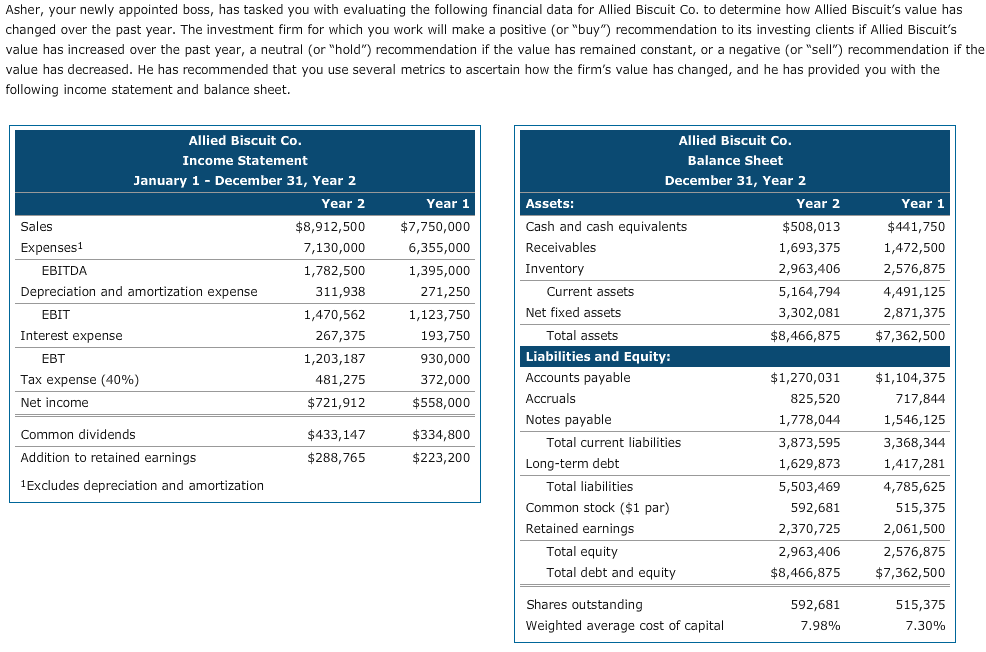 Hefty ATVs execute much better over rough surfaces than lighter ATVs.
Hefty ATVs execute much better over rough surfaces than lighter ATVs.
2. Heavy ATVs have a much better shock absorber.
3. Hefty ATVs use much better convenience than lighter ATVs.
4. Heavy ATVs are faster and also have the very best acceleration.
Heavy ATVs also have disadvantages.
Several of the downsides of a heavy ATV are:
1. Heavy ATVs take in even more gas.
2. Heavy ATVs set you back greater than lighter ATVs.
3. Heavy ATVs are difficult to maneuver.
ATVs are not light as bicycles, they generally have an aluminum framework and incorporated with the engine as well as other parts, you will see a 500lb machine. Recognizing the weight of your ATV is essential if you are seeking to tow it to the mountains or a route. hauling the ATV with a pick-up will not be an issue, nevertheless, if you have a crossover SUV it might be more of a pain.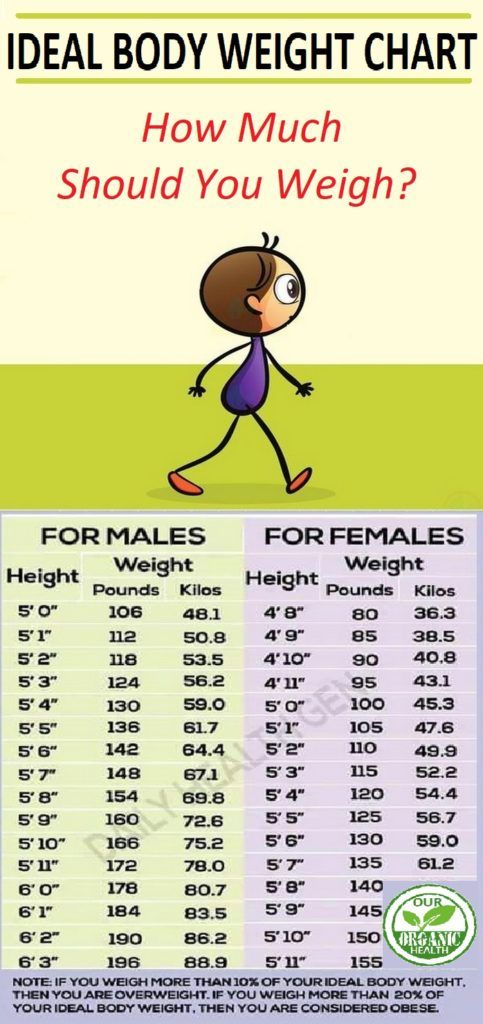 Most crossovers can tow around 1000 pounds approximately if unless the ATV is a heavyweight, you shouldn't have any type of problems.
Most crossovers can tow around 1000 pounds approximately if unless the ATV is a heavyweight, you shouldn't have any type of problems.
Selecting the best ATV weight can be frustrating in some cases, however if you recognize the factors to be considered, you will have no trouble choosing the ideal one. If you ride ATVs for enjoyable, you possibly won't opt for a 1000cc ATV. That is totally far from your desired function. Picking the best ATV weight should be the least of your concerns as long as you recognize what you wish to use it for.
How Fast 125cc ATV Go? Most Complete Overview 2023
Rodney L Herron
Rodney L is a technical writer and product consultant with over a decade of experience in the motor industry. Rodney is a fan of performance machines that run fast and loud and an expert in all things custom. His numerous articles and write-ups are available at our knowledge base. Whether it’s something wrong with your motorcycle or you are building a custom bike, you can trust Rodney’s experience.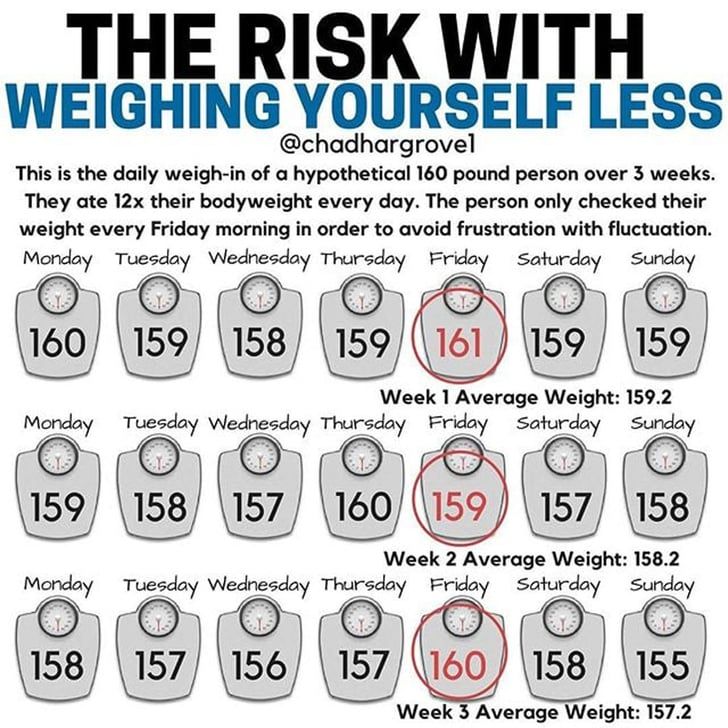
Sort: DefaultName (A - Z)Name (Z - A)Price (low > high)Price (high > low)Model (A - Z)Model (Z - A)
On the page: 25285075100
ATV IRBIS 150
Engine type: 4 stroke
Displacement: 150 cc see
Model C PSM
229900 r.
Available
ATV IRBIS 250
Engine type: 4-stroke
Volume: 250 cu. see
Model C PSM
249900 r.
Available
In stock
New
ATV SHERHAN 1000G
Engine type: 4 stroke
Displacement: 125 cc see
Max. speed 60 km/h
94900 rub.
Available
ATV Stalker-110
Engine type: 4-stroke
Volume: 110 cub. see
Max. speed 45 km/h
59900 rub.
Available
ATV Stalker-250
Engine type: 4-stroke
Volume: 250 cub. see
Max. speed 80 km/h
175000 rub.
Available
Available
ATV WELS EVO X 200
Engine type: 4-stroke
Volume: 200 cub.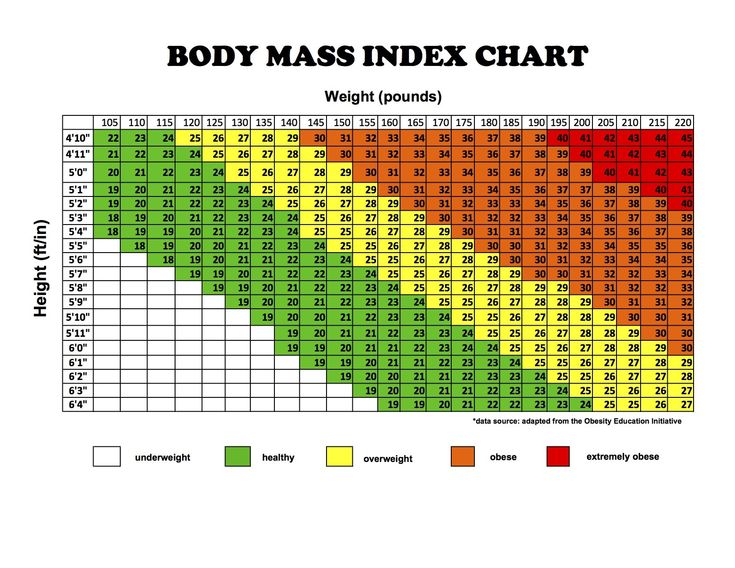 see
see
Max. speed 70 km/h
210800 r.
Out of stock
In stock
New
In stock
ATV Stalker-150
Engine type: 4-stroke
Volume: 150 cub. see
Max. speed 50 km/h
175000 rub.
Out of stock
Available
Out of stock
Available
Available
Available
Available
Available
Available
Available
Available
nine0002 Out of stockAvailable
Available
Out of stock
Available
Out of stock
Out of stock
Showing 1 to 28 of 97 (total 4 pages)
Vehicles with four wheels are different. In Russia many people understand ATVs as four-wheeled all-terrain vehicles, in the USA - like four wheelers. They can also differ a lot. from each other. We will tell you about small copies of large units. Baby copies of Japanese, German and Chinese manufacturers are designed for young drivers.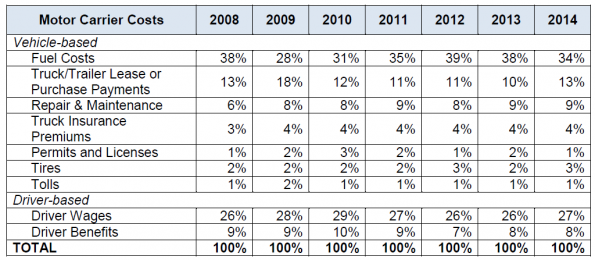 Our online store offers high quality vehicles for young motorists. nine0003
Our online store offers high quality vehicles for young motorists. nine0003
To every parent who carefully monitors development your child, you need to carefully familiarize yourself with our range. A compact all-terrain vehicle is considered not only a toy, but also a useful solution in acquiring driving skills at a young age. You can buy a petrol ATV, and your child will learn the basics of driving on his own vehicle. ATV for children, which is the prototype of an adult model, guarantees the young driver is completely safe. Don't forget to order special equipment - colorful helmets and protective suits to inspire the young driver to travel in your own vehicle. ATVs for children with protection attributes will turn your pastime into children in an interesting game on wheels. You will be convinced that received in childhood driving skills will be useful for the child in the future. nine0003
After choosing the children's transport you like in the catalog, call or make order on the store's website. Our managers will provide the necessary assistance, give a clear answer to your questions. The order will not have to wait long, as we We work with all regions of Russia, and your order will be delivered right on time. Only with us the buyer will find a wide range of vehicles of the world manufacturers at affordable prices. Your child will remember this gift forever. life is like a miracle, and will be very grateful for his first vehicle. nine0003
Our managers will provide the necessary assistance, give a clear answer to your questions. The order will not have to wait long, as we We work with all regions of Russia, and your order will be delivered right on time. Only with us the buyer will find a wide range of vehicles of the world manufacturers at affordable prices. Your child will remember this gift forever. life is like a miracle, and will be very grateful for his first vehicle. nine0003
We present to your attention a wide range of popular all-terrain vehicles filled with gasoline from the world's best manufacturers. In our store There is a wide choice of ATVs - from simple to more powerful, on fuel or on batteries. Managers will be happy to help you choose exactly what you need. need to.
Petrol ATVs have some differences, which are not similar to electric models:
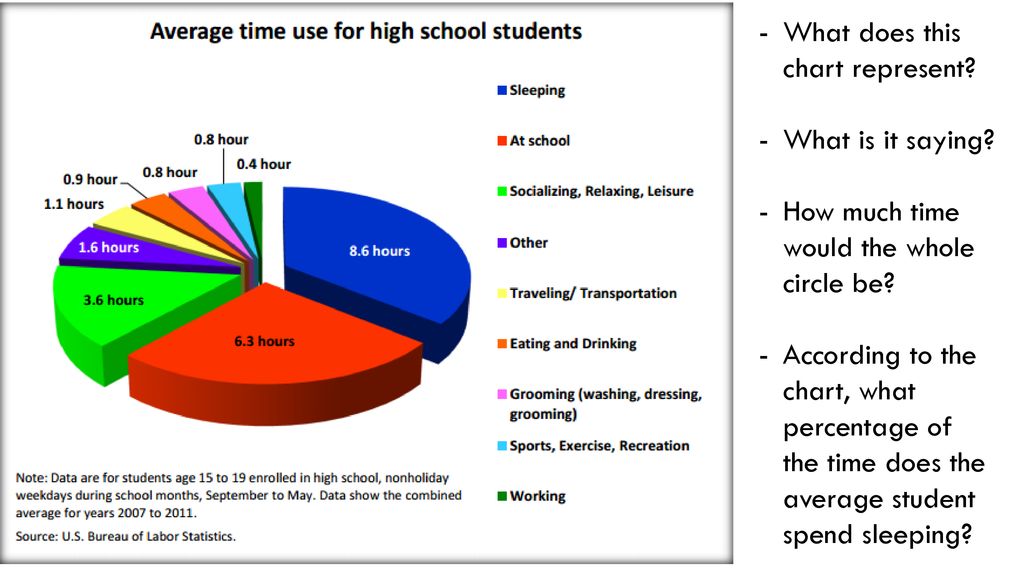
ATVs differing from each other in some parameters:
All these differences affect the cost, the more additional options and equipment, the higher the price. Which transport is better to order remains decide for the client. You can choose the unit that suits you best. ride for you and your child, as many ATVs are rated by weight up to a hundred kilograms, which means they can withstand an adult. nine0003
When buying a gasoline ATV, you need to pay attention to its dimensions, because the model should be comfortable for the child to sit in it. Also, the child must it is easy to get to the control devices and immediately you need to decide what should be power of the unit and its engine. For a small child, the best option there will be a quad bike with a two-stroke engine. Manufacturers produce such children's vehicles of small size and weight. Their engine has much less power. They have the function speed limits if the child is already striving for a fast ride. If parents do not mind riding an ATV yourself, then in this case you need to pay attention to the model with a four-stroke gasoline engine with a volume of up to 150 cubic centimeters, a speed of up to 50 kilometers and a fuel reserve of up to 5 liters. nine0003
For a small child, the best option there will be a quad bike with a two-stroke engine. Manufacturers produce such children's vehicles of small size and weight. Their engine has much less power. They have the function speed limits if the child is already striving for a fast ride. If parents do not mind riding an ATV yourself, then in this case you need to pay attention to the model with a four-stroke gasoline engine with a volume of up to 150 cubic centimeters, a speed of up to 50 kilometers and a fuel reserve of up to 5 liters. nine0003
Such models are suitable for movement and an adult, and you You can share the joy with your child from a walk in the bosom of nature. Decide also with a body. The ATV body model is most commonly found on ATVs, it looks like a motorcycle.
UTV models resemble the design of a car. He is a vehicle with seats that are located across the body. Which choice you make depends on the intended operating conditions and decisions assigned by the owner of the all-terrain vehicle to the vehicle.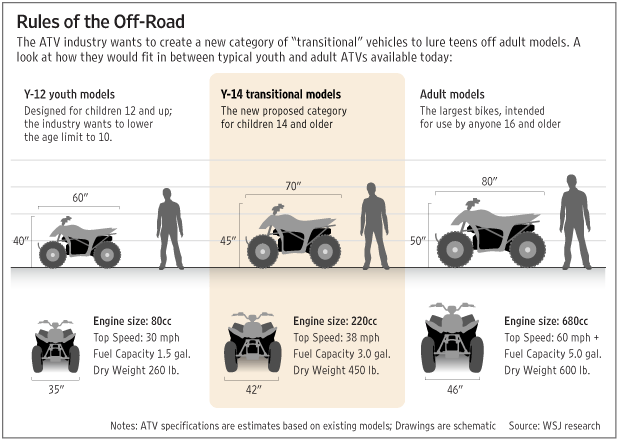 Manufacturers made them from environmentally friendly materials, so when driving a child nothing threatens. Also, the ATV is stable, when moving on it it is impossible to roll over. Manufacturers guarantee complete safety when child's movement. nine0003
Manufacturers made them from environmentally friendly materials, so when driving a child nothing threatens. Also, the ATV is stable, when moving on it it is impossible to roll over. Manufacturers guarantee complete safety when child's movement. nine0003
Buy transport for your children on our website! Here you can find on sale popular electric cars, pit bikes, scooters, motorcycles, mini cross, buggies and jeeps, all-terrain vehicles, such as Atv classic mini, Atv h5 mini, Motax Gekkon, X 16 Big Wheel, Yacota.
Both the Polaris RZR and the Can-Am Maverick Sport are long established and very large lines with a large number of models.
Therefore, we clarify: we are comparing only two specific configurations. Both are a middle option between a utility and a sports ATV, closer to a sports one. Designed specifically for the toughest trails, from deep mud to rocky terrain.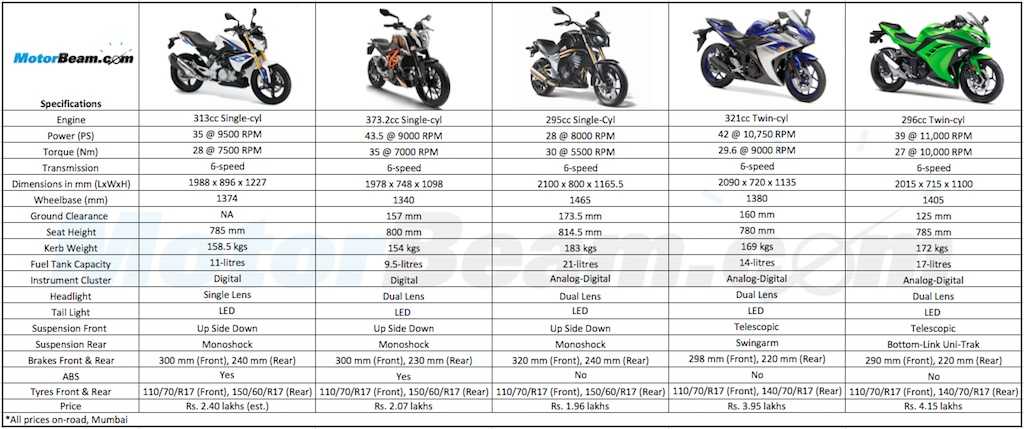
We will compare these two models according to the main criteria and tell you which one is better and why. nine0003
Structurally, these are two-seater all-terrain vehicles with the following dimensions:
As you can see, the sizes are noticeably different: Can-Am is both larger and heavier. On the one hand, large dimensions are a plus: more space inside. But on the other hand, this is not a workhorse in which more things need to be loaded. And so the Polaris has its upsides too: the smaller size makes it more nimble and navigable, the shorter wheelbase allows for tighter turns, and the lighter weight gives the engine a head start and reduces the chance of getting stuck in the mud. nine0003
Polaris has a roof and full doors as standard.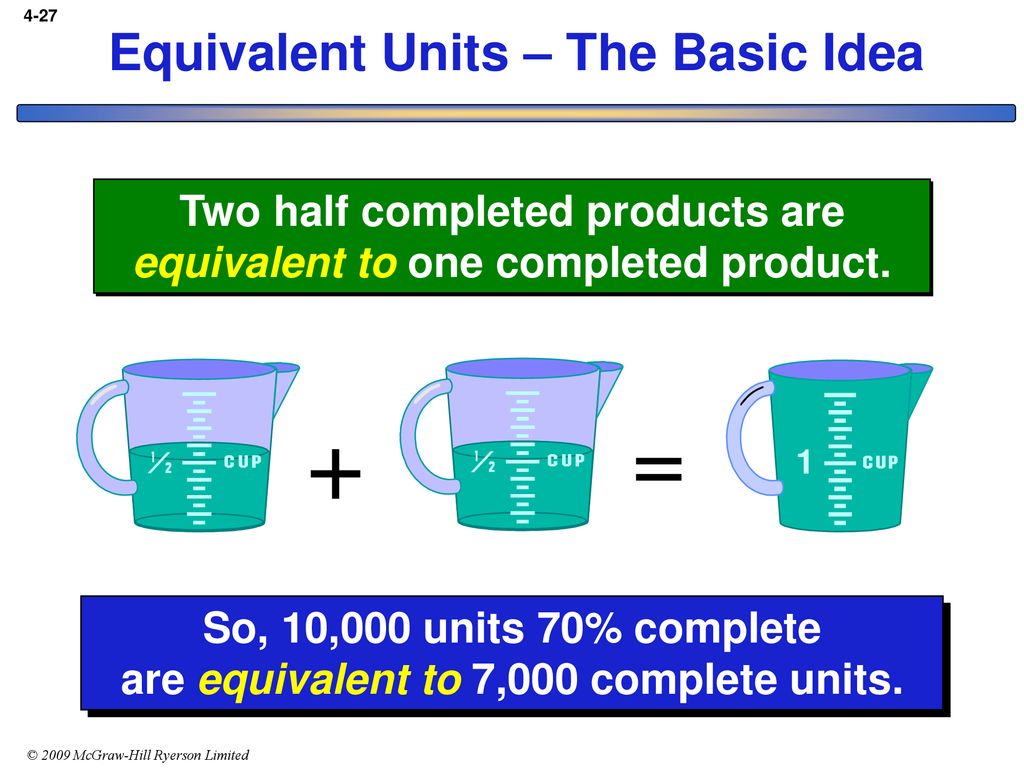 Can-Am does not have a roof in the kit (but you can buy it in addition), there are doors. Behind the cab, both all-terrain vehicles have an open cargo body, designed for 136 kg.
Can-Am does not have a roof in the kit (but you can buy it in addition), there are doors. Behind the cab, both all-terrain vehicles have an open cargo body, designed for 136 kg.
As for the visual differences, they are easiest to see when viewed from the front and side. On the Polaris, the front end is more compact and tidy, tapering slightly and sloping down from the cockpit to the bumper. The Can-Am has a more aggressive nose, shorter than the Polaris but wider, with the headlights further apart. On the one hand, a shorter bumper will allow you to better see the road ahead. On the other hand, due to too widely spaced headlights, the bumper can partially block the view. nine0003
Another difference is in the frame. At Polaris, it has additional racks at the back, which means that if the all-terrain vehicle rolls over, such a frame will be more reliable.
In terms of dry characteristics, the engines are approximately the same: exactly 100 “horses” for both models, the volume is conditional 1 liter (or rather, 999 cm³ for Polaris and 976 for Can-Am).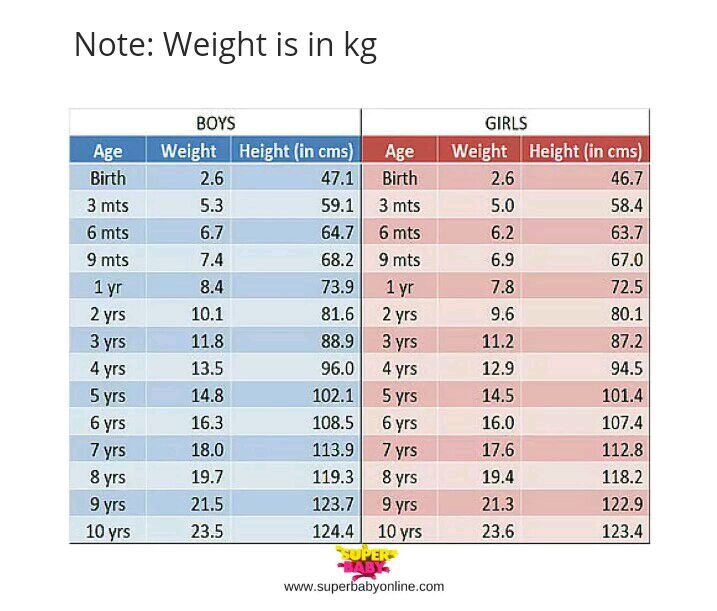
The Polaris RZR Trail S Ultimate has a ProStar DOHC 4-stroke, two-cylinder, electronic fuel injection, liquid cooling and automatic transmission. The gear set is standard: parking, neutral, reverse, and lowered with increased. There is a plug-in all-wheel drive. nine0003
Of the features - there is an EBS (engine braking system). This is a useful option on a bad road and on descents and ascents: the system prevents the drive wheels from slipping, reduces the braking distance, and also slows down the wear of the brake pads and rubber.
The Can-Am Maverick Sport X XC 1000R has a liquid-cooled V-twin Rotax with electronic fuel injection and iTC (a button that switches engine modes on the fly). The transmission is CVT, with the same set of gears, with ventilation and an electronic belt protection system. nine0003
The gas tanks of the models are about the same - in Polaris you can fill in 35.9 liters of gasoline, in Can-Am a little more: 38 liters.
We already wrote about the difference in size above - and you immediately understand it if you visit the cabs of both models. But the Polaris RZR Trail S Ultimate is still a medium-sized all-terrain vehicle, and two large people in warm clothes will comfortably fit inside, just in the Maverick Sport X XC 1000R there is a little more space around them. In principle, this is where the serious differences end - almost all the difference lies only in the design and layout of the tidy and compartments. And in the backlight at Polaris. nine0003
But the Polaris RZR Trail S Ultimate is still a medium-sized all-terrain vehicle, and two large people in warm clothes will comfortably fit inside, just in the Maverick Sport X XC 1000R there is a little more space around them. In principle, this is where the serious differences end - almost all the difference lies only in the design and layout of the tidy and compartments. And in the backlight at Polaris. nine0003
Both ATVs have adjustable bucket seats with seat belts. You can also adjust the position of the steering column.
Both models also have a large touch screen. At Can-Am, it is located in front of the driver, like a normal tidy in a car. It is 7.6 inches wide and displays everything from speed to hours to engine temperature.
Polaris is more interesting in this regard: in front of the driver there is a 4-inch digital display, which displays the main indicators. And another display (7-inch touchscreen) is on the dashboard in the center. This is Ride Command: essentially an on-board computer that has GPS, communication for a group ride, Bluetooth (for connecting a smartphone), and a bunch of all sorts of sensors. nine0003
nine0003
Other goodies - both models have a power outlet inside, electronic power steering, and Polaris also has a Rockford Fosgate Stage 1 audio system.
Can-Am Maverick Sport X XC 1000R suspension has more travel: 37.5 cm front and rear. It has FOX 2.5 Podium Piggyback QS3 adjustable shocks. The suspension itself is also lever. nine0003
There are also differences in the wheels. Can-Am is shod in 29-inch Maxxis Bighorns with 14-inch aluminum wheels and beadlocks, while Polaris has 27-inch Trailmaster A/Ts without beadlocks.
Both models have an open body at the rear of the cab, as mentioned above. In addition, the load can be taken on a trailer - for this, both ATVs have a hitch. You can tow up to 680 kg.
Both Polaris and Can-Am have a wide range of accessories available for purchase, from roof and glass doors to mounting brackets. Polaris has a Lock & Ride quick-release system for this, Can-Am has LinQ. nine0003
Polaris has a Lock & Ride quick-release system for this, Can-Am has LinQ. nine0003
It is in these configurations that these all-terrain vehicles did not reach us at the time of winter 2021. In the US, the Maverick Sport X XC 1000R will cost $20,300. There is a slightly simpler model: with cheaper shock absorbers and lower ground clearance - for $17,500. The
RZR Trail S 1000 Ultimate costs a little less: $19,000. If you take a simpler package (not Ultimate, without a roof, Ride Command and audio system) - you can save $ 1,700.
Both ATVs are definitely worth the money: they have no obvious flaws, and in many respects they are on par.
Let's highlight some minor differences.
Can-Am Maverick Sport X The XC 1000R is larger, has more ground clearance and suspension travel. . If you like to have space in the cockpit, this is true.